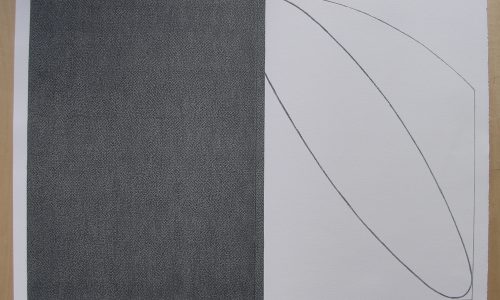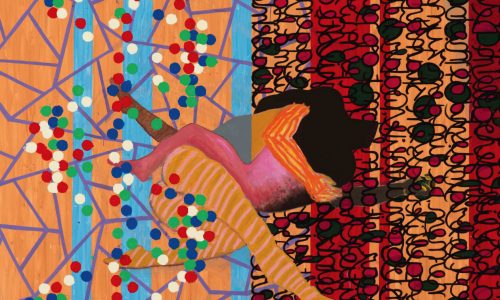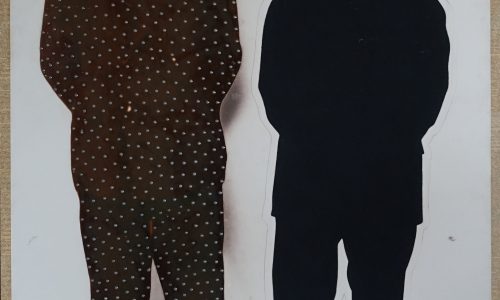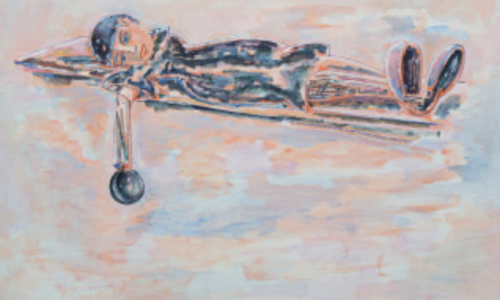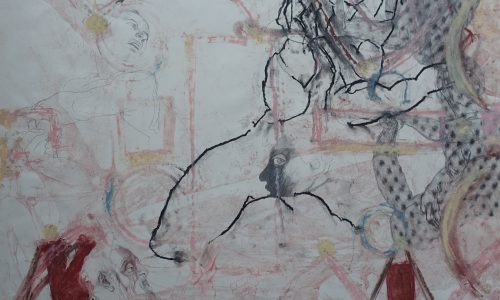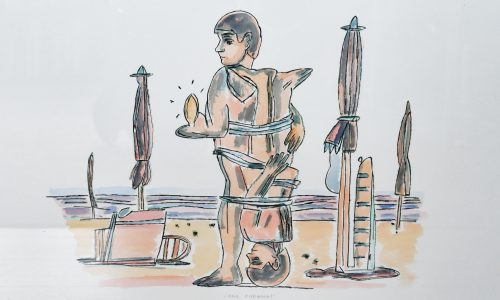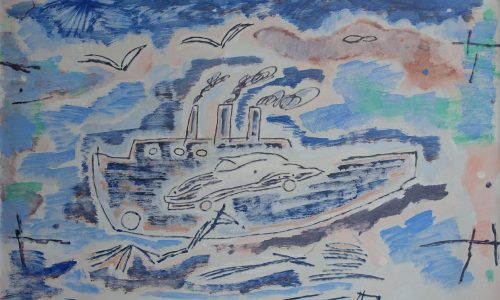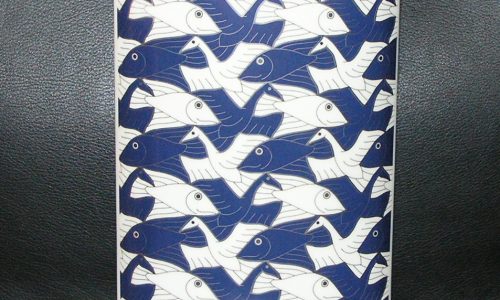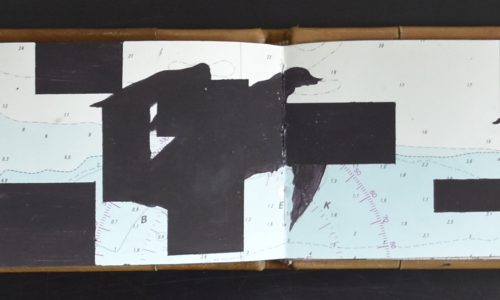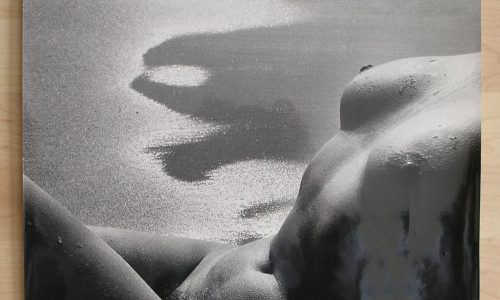
When i looked for information on Sutherland I found this excellent article on the WIDEWALLS site.
One of the leading British artists of the 20th century, Graham Sutherland was widely known for his prints and paintings. Despite some other names coming to mind before him when talking about the art history, such as David Hockney, Francis Bacon, or Lucian Freud, there was a time when Sutherland ruled undisputed. From mid-1930’s, when he established his identity as a modern painter, to the 1950s, when his influence began to wane, there was a widespread consensus amongst fellow artists and critics that Sutherland was the most exciting and compelling voice in contemporary British painting.[1] He was even commissioned to paint a portrait of Winston Churchill, in what turned out to be one of the most famous cases of the subject disliking the artwork, which eventually led to its destruction.
Sutherland’s artistic career included several significant changes in direction. After specializing in engraving and etching, he began achieving fame as a printmaker. His early pastoral prints display the influence of the English Romantic Samuel Palmer, whereby prefiguring Sutherland’s later involvement within the Neo-Romantic movement in Britain. However, the famous 1929 Wall Street Crash bankrupted many of his collectors, thus forcing Sutherland to turn to other sources of income. He worked as an illustrator until he visited Pembrokeshire, becoming completely captivated by it, and subsequently, turning to painting as a primary medium for his expression. The artist continued to draw inspiration from Pembrokeshire countryside and its enthralling anthropomorphic natural forms for the rest of his life.[2] When working on landscapes, Sutherland’s working method included seizing on a detail such as a dead tree, boulder, thorn bush, everything that according to the artist, required a separate existence. He would sketch this on the spot, and later a studio painting would evolve. Sutherland wasn’t the first to do so – many landscape artists before him had done pretty much the same, but his studio hand moved considerable further from what his outdoor eye had seen. Neo-romantic at the core, his work inspired others such as Paul Nash, John Craxton, and John Piper. Over time, Sutherland began to reveal himself as a vivid colorist with an original sense of harmonies. He somewhat banished the dark and heavy tones which he had used earlier, though preserving the sharp black and white oppositions and using acid pinks and mauves, orange and light blue, emerald, chrome yellow, and scarlet.
www.ftn-books.com has some nice Graham Sutherland titles available

OLYMPUS DIGITAL CAMERA

OLYMPUS DIGITAL CAMERA

OLYMPUS DIGITAL CAMERA

OLYMPUS DIGITAL CAMERA

OLYMPUS DIGITAL CAMERA
Like this:
Like Loading...





















































